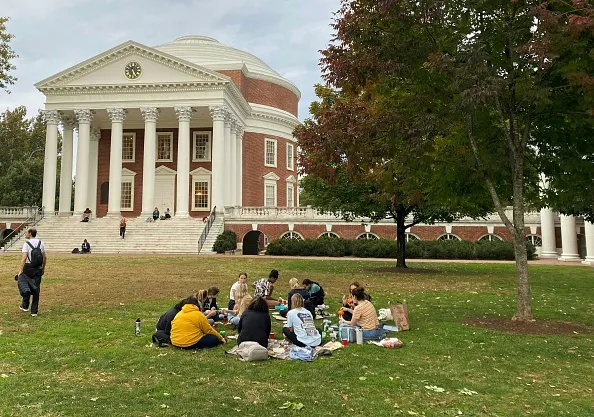Copyright forbes

Obverse and reverse sides of Nobel prize medal Joseph Schumpeter is having a heyday. In 1942, he coined the term “creative destruction” to describe the process by which new innovations render old technologies and business models obsolete, fueling productivity, long-term economic growth and prosperity by reallocating resources to more efficient uses. This year, the Nobel Committee awarded the Prize in Economic Sciences to three economists—Joel Mokyr, Philippe Aghion, and Peter Howitt—for their work on innovation-driven economic growth. Mokyr’s historical research shows that technological progress is the key driver of sustained growth, while Aghion and Howitt’s models explain how innovation disrupts existing structures, reallocates resources, and fuels long-term prosperity. Three new books this year also focus on economic growth and raise concerns that America’s ability to innovate is being stifled by bureaucratic inertia, regulatory excess, and institutional sclerosis. Phil Gramm and Donald Boudreaux’s The Triumph of Economic Freedom, Philip K. Howard’s Saving Can-Do, and Ezra Klein and Derek Thompson’s Abundance offer different diagnoses of the problem and prescriptions for unleashing the creative destruction necessary to prosper. While their approaches vary, each author grapples with the institutional conditions necessary for innovation to flourish, reinforcing the insights of Schumpeter and this year’s Nobel laureates’. Of the three books, Gramm and Boudreaux’s (which I review favorably here) is most aligned with the Nobel laureates’ insights. It presents empirical evidence that economic stagnation, not growth, has been the norm for most of human history and that it is economic freedom that has lifted billions out of poverty, improved welfare and environmental outcomes, and fostered innovation. They argue that markets, not mandates, are the most effective tools for human flourishing. Howard agrees that well-meaning interventions often calcify into barriers that stifle growth. He offers a philosophical and practical appeal to restore individual agency in daily life, arguing that America’s legal and regulatory systems have become so rule-bound that they prevent government officials and citizens from exercising judgment. His solution is to replace rules and compliance checklists with accountability by empowering individuals (including bureaucrats) to act and by holding them accountable for outcomes rather than process. My quibble is that it’s not clear how bureaucratic institutions could create the incentives and accountability inherent in market forces. Klein and Thompson strive to appeal to politically liberal audiences. They echo Howard’s call to cut back on the red tape that they say creates “chosen scarcities”—unnecessary constraints on housing, energy, and infrastructure. Consistent with Mokyr’s research, they recognize that “technology is at the heart of progress and always has been.” Like Gramm and Boudreaux, they find that growth and innovation lead not only to progress but greater equality. Like Howard, they have more faith than Gramm, Boudreaux or I in government's ability to lead that growth to “align our collective genius with the needs of both the planet & each other.” Indeed, they overlook the evidence in their own examples suggesting that capitalism and private philanthropy have more reliably harnessed genius than government. MORE FOR YOU Economic freedom and market forces not only incentivize innovation but allow failure, while governments often perpetuate failure by protecting incumbents. And, as Schumpeter showed us, failure is a necessary part of the innovation process. The authors and laureates all agree that creative destruction is a painful but necessary cycle—one that requires societies to embrace change rather than resist it. Gramm and Boudreaux’s defense of capitalism and economic freedom presents the institutional conditions under which creative destruction can thrive. Howard’s critique of bureaucratic rigidity offers a related diagnosis and solution—empower officials, guided by accountability and common sense, to respond to problems. Klein and Thompson call on society to build more and remove bottlenecks, like environmental reviews that take years, zoning laws that prevent housing construction and licensing regimes that block new entrants. Taken together, these books and the Nobel insights show us that, if innovation is the engine of growth, institutions must be designed to accommodate—not obstruct—it. As Schumpeter warned, creative destruction is not a gentle process. It demands that governments and regulatory frameworks embrace disruption, not shield incumbents from it. Modern politicians should take note. Howard provides the philosophical foundation for a more agile and accountable government. Gramm and Boudreaux supply the economic evidence for trusting markets. Klein and Thompson offer a roadmap for rebuilding liberalism around abundance rather than constraint. And Mokyr, Aghion, and Howitt remind us that innovation is not a luxury—it is the lifeblood of progress. Editorial StandardsReprints & Permissions



